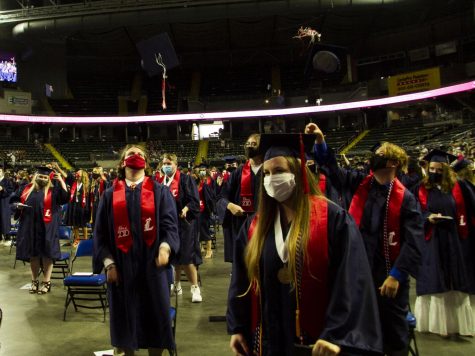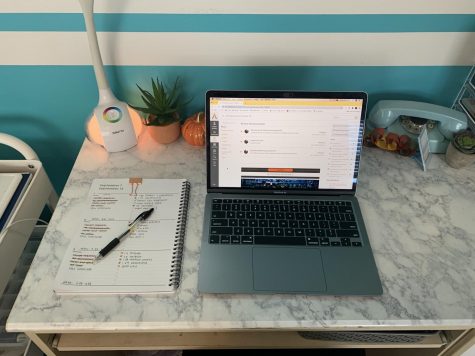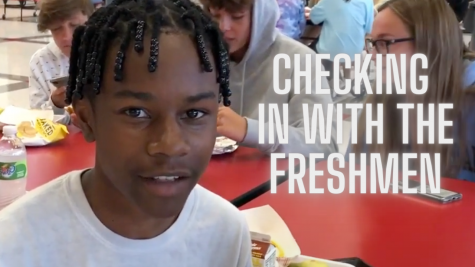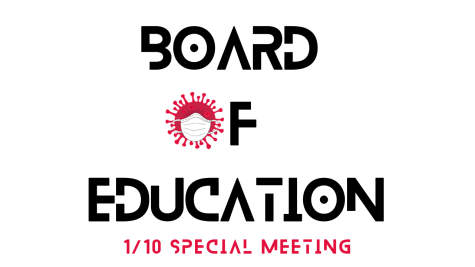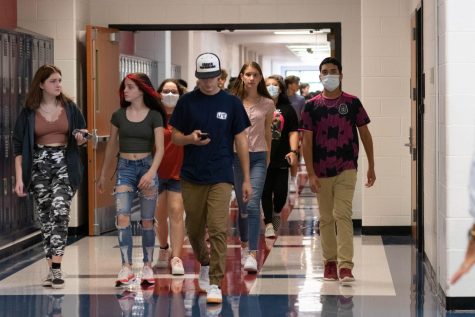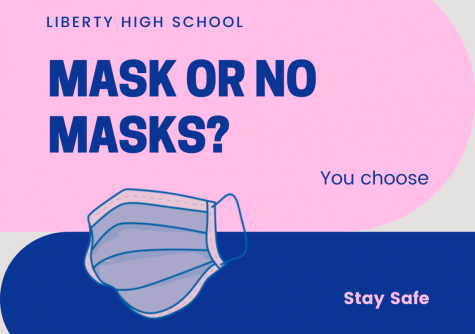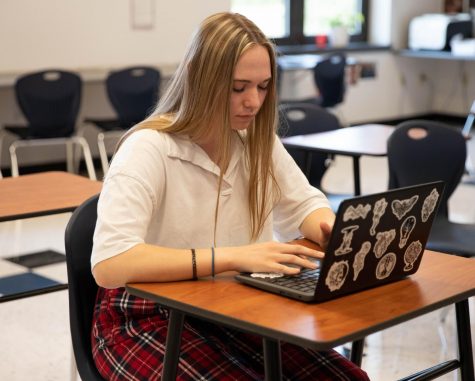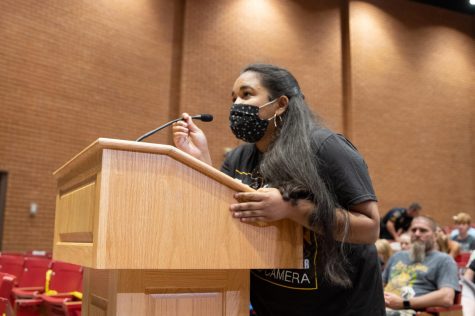WSD Implements New Transportation Sanitary Procedures
Bus Riding and Driving Looks Different this Year
From kindergarteners to seniors, buses pick up students from every corner of the district bounds every morning. The staple yellow automobiles are a necessity for many as a means of transportation. Without them, in-person education would be impossible.
From kindergarteners to seniors, buses pick up students from every corner of the district bounds every morning. The staple yellow automobiles are a necessity for many as a means of transportation. Without them, in-person education would be impossible.
But what happens when a pandemic strikes, and riding as usual can’t be done safely? What changes need to be made in order to provide this service to those who need it?
From a distance, we asked Jeff Kleekamp, driver of bus 54, a few questions.
What sanitary procedures do drivers have to take? How much time and money is spent on these precautions, and how often do they have to do this?
Kleekamp: “A peroxide-based multi-surface cleaner is sprayed onto the seats and handrails between runs. In addition, windows are opened and fans are blown to add circulation while people are boarded. Every evening, sanitizers are applied to every surface to cleanse the bus completely before the next day.”
About how many students are on a bus at a time? Has this decreased since the spring?
Kleekamp: “When I was on the bus, only three other riders – encompassing both Frontier and Liberty – boarded in total. About eight kids rode for Crossroads Elementary School daily.”
However, he informed me that some buses carry as many as 20 students per run.
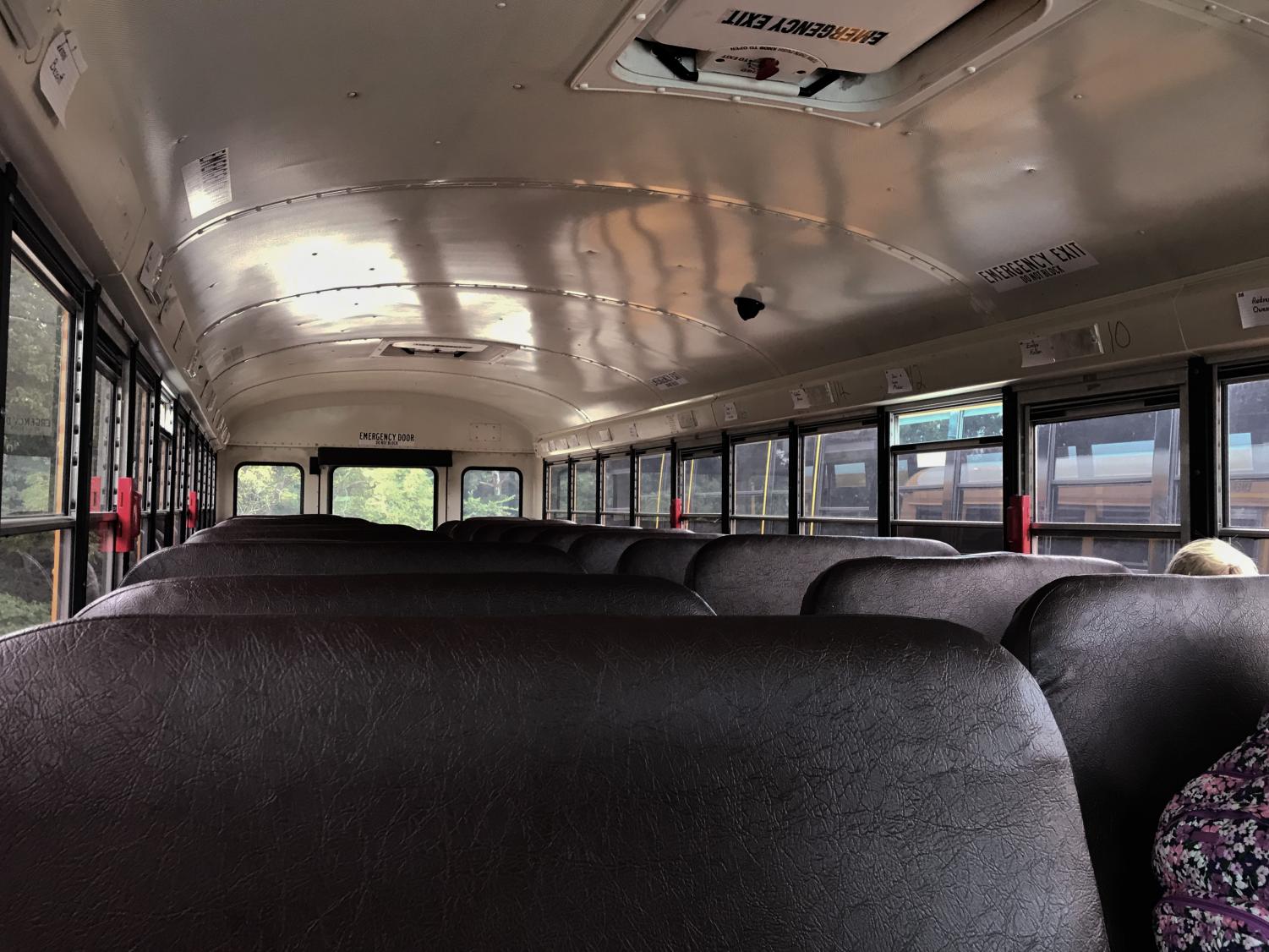
“The smaller amount is very helpful, as it allows for social distancing to take place. Students on sparsely-populated buses can easily stay six feet or more away from one another at all times. However, when 20/26 seats are occupied, it gets a bit trickier. Those riding with family members are assigned to sit together, and occasional spacing is put into place. Thankfully, the tall backs of the seats prevent students from breathing down each other’s necks.”
Have there been issues with students/drivers not being safe or keeping masks on?
Kleekamp: “Though a few have allowed their masks to droop down to become chin straps, a simple request to put them back on correctly has fixed the issue. No one has protested or been purposefully defiant, and people always stay seated when necessary.”
Are transportation employees getting a pay cut or pay raise during this time?
Kleekamp: “A pay raise was issued to bus drivers in the spring; but not for the reasons one may think. Wentzville is very short on drivers, and the raise was issued in order to encourage more applicants for open jobs.”
Jeff Kleekamp feels very fortunate to not only have a job but to have an enjoyable, well-paying job during this time. This is his third year as a bus driver, and he is grateful for his compliant riders.


